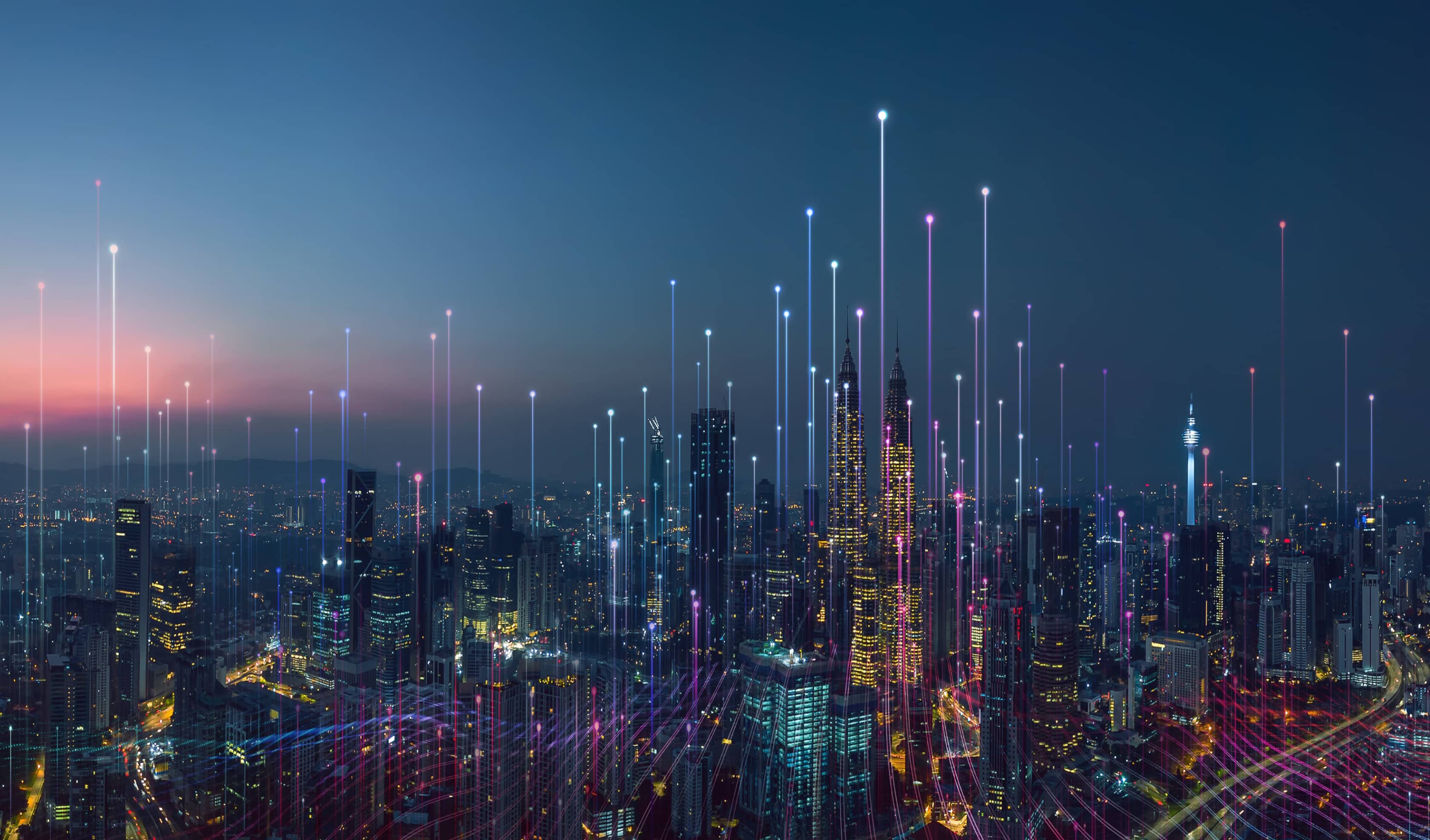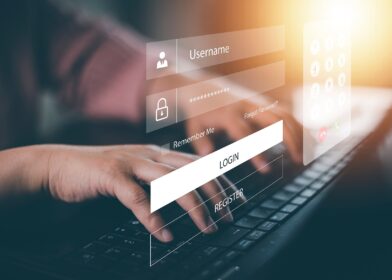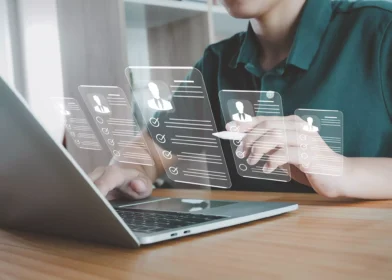0:00
Yeah, as a two-part question let me start with how it’s being used today –
and if you’re an Apple phone owner, you may be opening your device with a selfie, right?
0:14
You’re looking at your phone the phone is recognizing that it’s you it’s opening up to allow you to access probably a lot
of sensitive account information and personal information, right?
0:27
You can transfer money, you can book travel. There’s a lot you can do with your device and biometrics are allowing you to do that.
In some cases, you may still have a device that allows a fingerprint to open up the phone.
0:43
Biometrics are alive and well in our everyday interactions today were being scanned by cameras at airports, at other transportation hubs
and we’re being reviewed and authenticated potentially matched to lists of faces for bad guys so all of that is happening today.
1:07
The question about the future of biometrics and the efficacy for age verification or identity verification the thing that balances fraud prevention is privacy, right?
So in the United States we have all of these rights to privacy but to make sure that we’re protected from impersonators or fraudsters
1:32
to make sure that institutions are protected you have to find that balance between privacy and prevention.
So, in the US we protect kids we try not to have pictures of kids for identity verification purposes and so to be able to authenticate
1:51
if somebody is a kid or an adult we don’t have a lot of images of kids so we do estimation so it’s a growing space.
There’s been increasing success in doing age estimation based on selfies and it’s a promising space that regulators now have to account for
2:11
when they’re trying to make sure that the right aged person is getting access to products and services.



